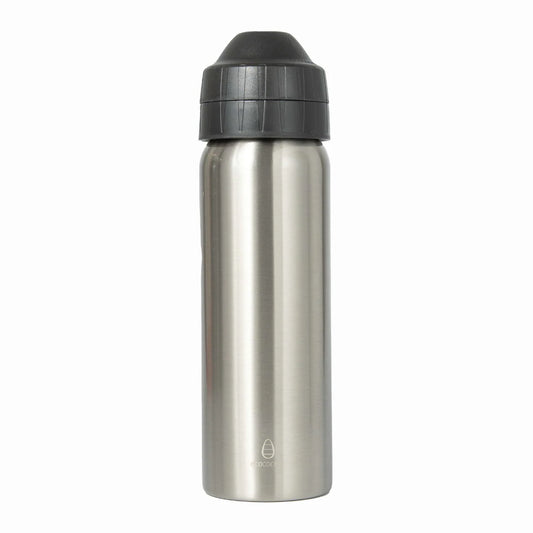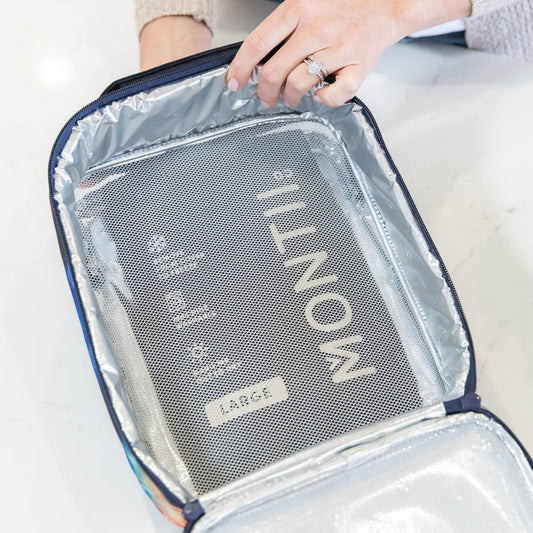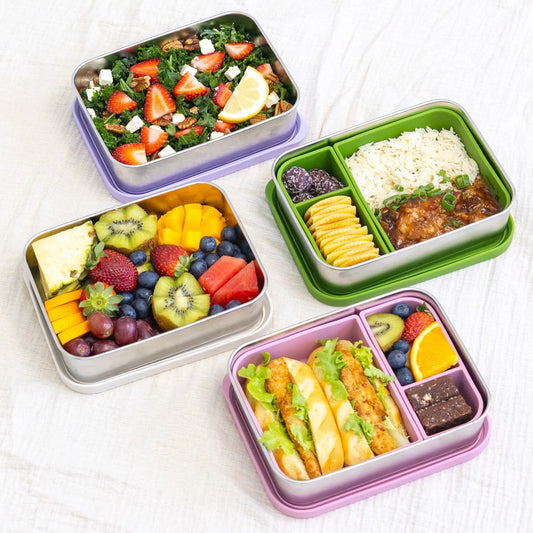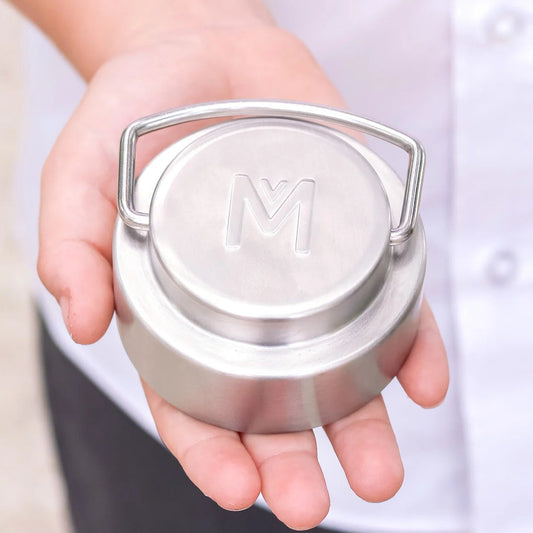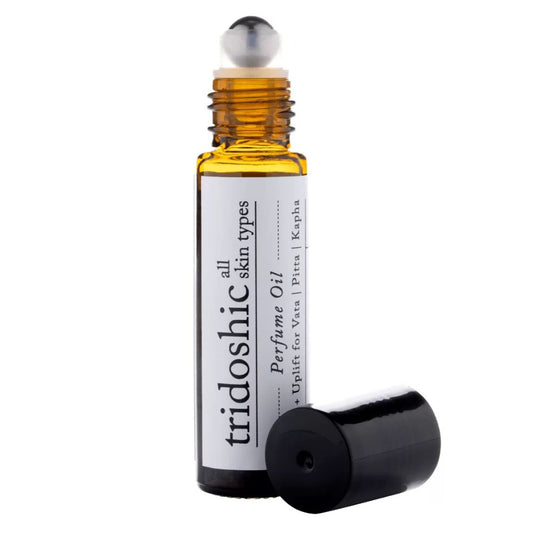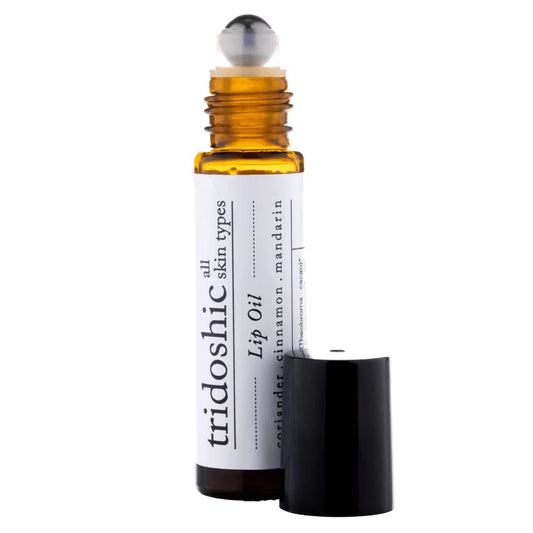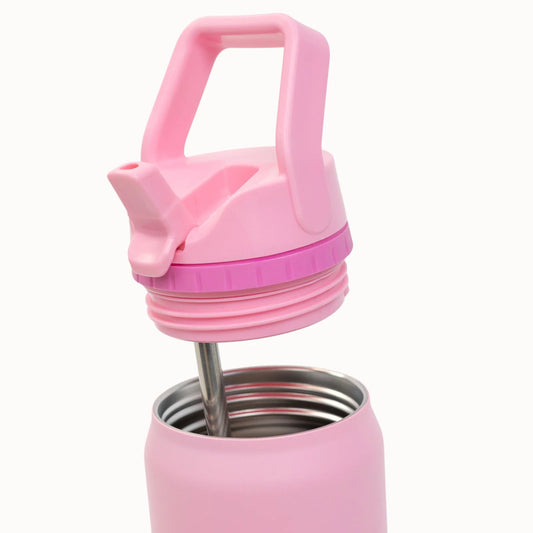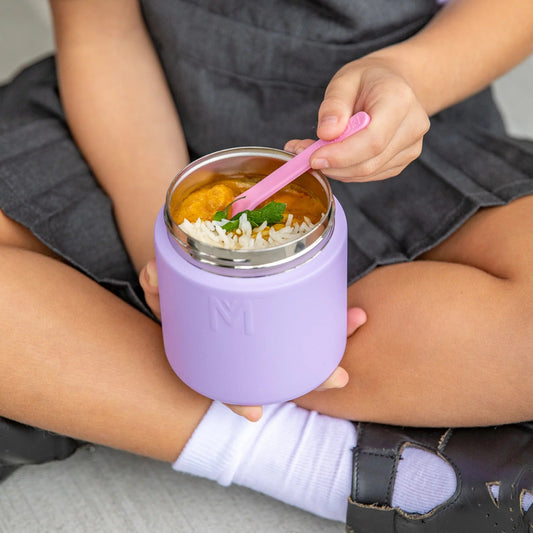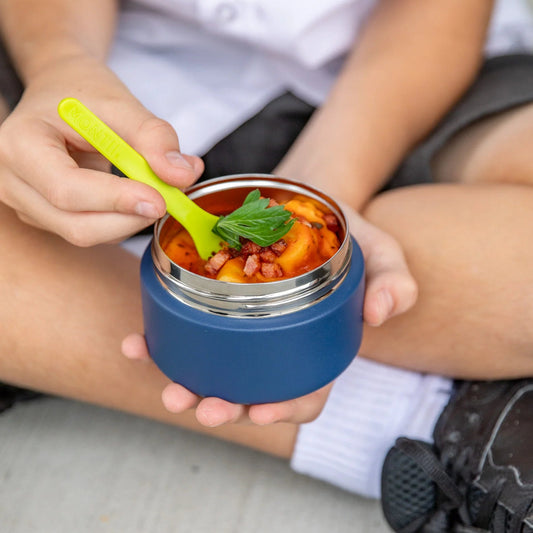Plastic Free July is a global movement that encourages everybody to find plastic free ways of living their day to day lives, swapping out
single use plastic items for reusable and eco-friendly ones. It's great to start with simple swaps like using a KeepCup instead of single use coffee cups or carrying your own cutlery instead of relying on take away, however have you ever stopped to consider how you could stretch this challenge out to include your wardrobe?
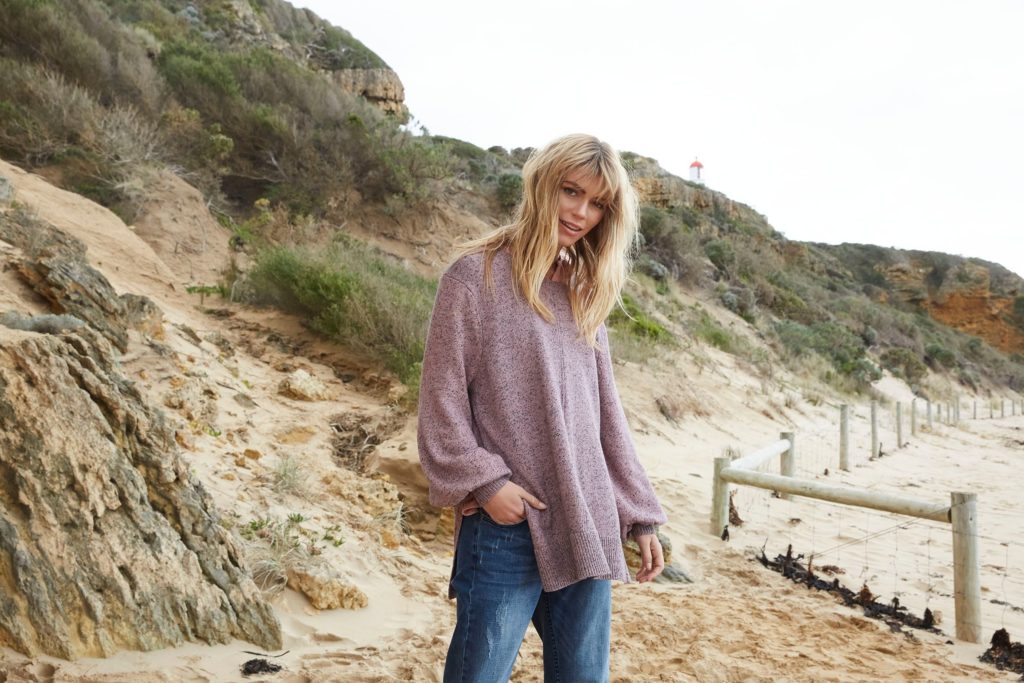
Synthetic Fabrics
It may surprise you to learn that plastic can be found within most of our existing wardrobes in the form of synthetic fabrics such as polyester, nylon and acrylic (go on, check some of your garment tags out of curiosity). Polyester is a synthetic, human-made yarn or fibre that is used to create fabric and textiles. It's created out of a chemical reaction using coal, air, water, and petroleum. In short – it's plastic. Another common synthetic to look out for is Nylon, which is like polyester but often softer. Synthetics can sneak into garments by being blended with natural fibres, for example a dress that is 60% cotton and 40% polyester. Blends are notoriously difficult recycle as technology to separate the blends is not currently easily available. When bringing new clothes into your life, look out for 100% natural fabrics.
Microfibres – A tiny, HUGE problem
Every time synthetic garments are washed they shed millions of minuscule plastic fibres that go directly from our machines, right through our wastewater treatment plants and into our rivers and oceans. This causes a huge threat to our marine life once they inevitably consume them, as well as a threat to human health. The full impact of microplastic pollution is yet to be fully realised, however research is already suggesting it's potential to poison the food chain, effect some organisms ability to absorb energy from food, block animals digestive tracts and change the behaviour of crabs (Paddison, L, 2016). Don't be discouraged yet, there are still things you can do! Start by washing your clothes less and spot cleaning them when you can. When you do machine wash, make sure the load is full to reduce friction and rubbing between garments. It can also be great to invest in a washing bag that is designed to specifically catch the microfibres released during the washing cycle, such as the White Magic Laundry Bag.
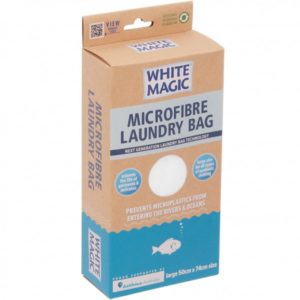
Go Natural!
The vast majority of garments and accessories we stock as part of our Slow Fashion Department are made using only natural fabrics. The only exceptions (BeeKeeper Parade, Dorsu and Swedish Stockings) are labels that create their products out of pre or post consumer textile waste that was either destined for landfill or has been recycled. Below is a simple breakdown of the brands we stock and the natural fabrics they love to use:
- Nya – Organic Cotton and Hemp
- Seaside Tones – 100% Linen
- Kowtow – Organic Cotton
- Seagrass Design – 100% Linen
- Mosov Organic – Organic Cotton
- Farn – 100% Linen
- Common Stitch – 100% Linen
- Quillan – Hemps, Linens and Organic Cottons
Do Plastic Free July in your wardrobe
For the month of Plastic Free July (and beyond) we encourage you to be mindful of the clothing that makes up your wardrobe. If you have synthetic clothing, like most people do, try and wash your clothes less and when you do, use a White Magic Laundry Bag to catch the microfibres they will release. This is what you can expect to capture and prevent from entering our water ways:
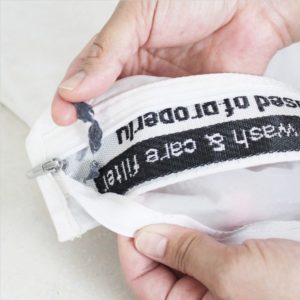
And if you need to purchase new clothes, why not opt for garments made from natural fibres, like from those brands we've listed above.
By Leah Musch, @unmaterialgirl.
Further reading
https://friendsoftheearth.uk/plastics/microfibres-plastic-in-our-clothes https://www.theguardian.com/science/2016/sep/27/washing-clothes-releases-water-polluting-fibres-study-finds https://goodonyou.eco/material-guide-polyester-2/ http://www.craftechind.com/how-is-polyester-made/


 And if you need to purchase new clothes, why not opt for garments made from natural fibres, like from those brands we've listed above. By Leah Musch, @unmaterialgirl.
And if you need to purchase new clothes, why not opt for garments made from natural fibres, like from those brands we've listed above. By Leah Musch, @unmaterialgirl. 

